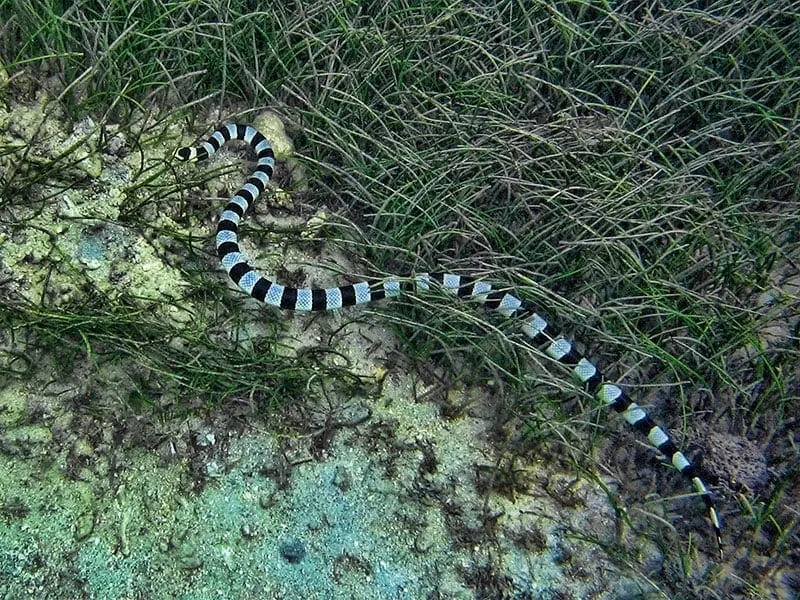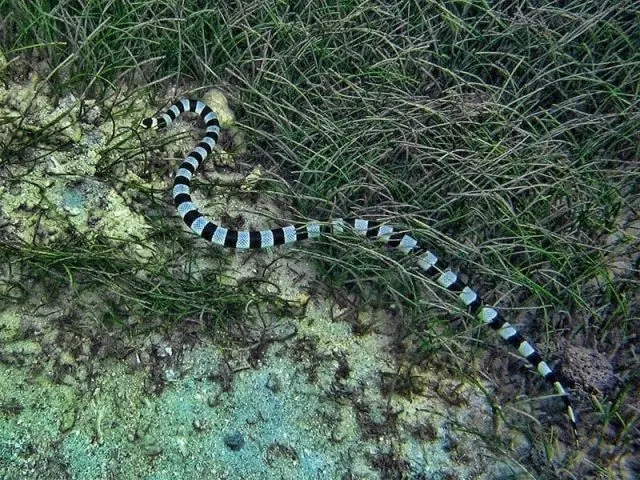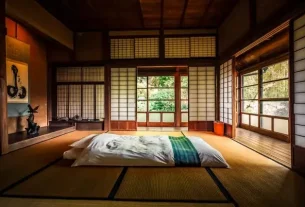These banded sea snakes or kraits as they are also called are common in the waters around the Pacific Islands and Indonesia. These photos were taken off Vitu Levu in Fiji but we saw many of them while snorkelling off Fiji’s many smaller islands.

It took me a while to get over sharing my aquatic space with a snake in such close proximity, especially one with such highly toxic venom but the banded sea snake is quite passive and it’s very unusual for someone to be bitten by one. It would most likely occur if the snake was accidentally grabbed and those most at risk are fishermen clearing their nets. So while caution is understandable there’s no need to be overly concerned about them.
They’re an amazing reptile when you have the chance to study them more closely, it’s an amphibious snake that spends most of its time in the sea but goes ashore to reproduce and can spend up to 10 days at a time on dry land. The lower end of its body is slightly flattened to a paddle-shaped ‘tail’ to assist with easier swimming while the rest of its body is cylindrical more like a land-based snake helping it move around on dry land and climb small trees.
It has a substantial lung capacity meaning it can spend long periods underwater but it does need to come to the surface to breathe periodically. It’s also unusual for a sea snake to lays eggs, generally they give birth to live young.
If I’m honest I mostly enjoy snorkelling in tropical waters for the coloured coral and tropical fish, I am constantly aware of the snakes, stingers, stonefish and reef sharks. These kraits are also very pretty though. Their blue-grey colouring with regular black bands circling their body is precise and striking and if you look closely there’s a touch of yellow around their face.

So what do you think? Can a snake be pretty?



